
AI Meets Art: When to Use It and the Road Ahead
Artificial Intelligence (AI) has revolutionized how we create and think about art. In my previous post, I wrote about the practical benefits of AI in the creative process. This time, we will explore how it works, when to use it and its impact on the future.
How AI Art Works
To generate a new art piece using AI, the user must provide specific instructions for what the artwork will contain, such as subject, style, mood and colors. The AI processes the text prompt by converting it into a format it can understand so that it can reference its training data (models are trained on large datasets of images and text descriptions). Using algorithms, it matches the formatted data with patterns it learned from its training data, then gradually refines it into a detailed image that aligns with the initial instructions.
When to Use AI in Art
AI is excellent for getting inspiration, studying particular art forms, optimizing repetitive tasks for efficiency, and much more. However, knowing when and when not to use AI is crucial. While learning art through AI can be beneficial, over-reliance can also make you less creative. For projects requiring originality, or a personal touch or emotion, AI falls short since it generates images based on existing data rather than true innovation.
Copyright and Originality Issues
A growing concern is the increasing number of AI-generated artworks. This is a problem, because an AI artwork cannot be considered truly original when it is based on existing images. Additionally, we cannot be entirely sure that AIs haven’t been trained on copyrighted artworks, even when companies claim otherwise (which then raises the question if they used other methods to get that data).
Impact and the Future of Art with AI
AI-generated art has already made an impact on the world – and this trend will continue. There are jobs that are already at risk in the art sector – for example jobs involving repetitive tasks that can be automated, such as photo editing and sketching. On the other hand, as AI grows, demand for originality will rise, which means that creative roles are safe (for now). New roles like AI art curators and prompt engineers may also see high demand in the future.
Conclusion
AI is changing the art world in ways we couldn’t have imagined just a few years ago. While offering remarkable benefits like efficiency and inspiration, it also raises concerns about originality, copyright and its impact on creative jobs. Ultimately, AI is not here to replace artists but to provide them with new possibilities. By understanding its strengths and limitations, we can view AI as a creative partner rather than an enemy.
More From The Author
-
AI Meets Art: Revolutionizing Accessibility and Inspiration
Art has never been more accessible than it is today. With Artificial Intelligence (AI), creating stunning artworks takes just seconds and minimal effort. AI tools are simple and mostly affordable, which has unlocked new possibilities for people who never thought…
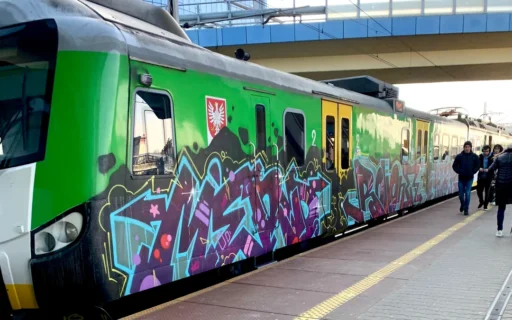
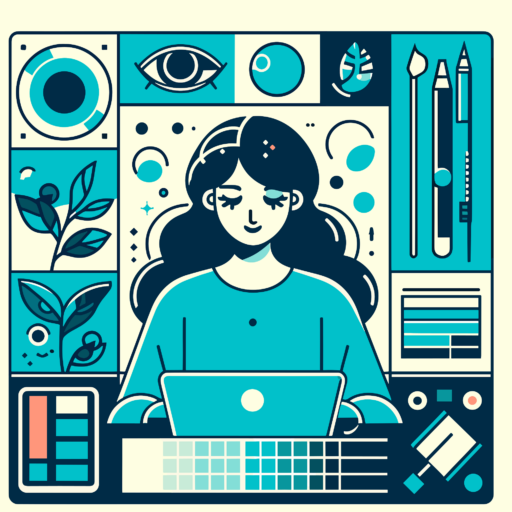
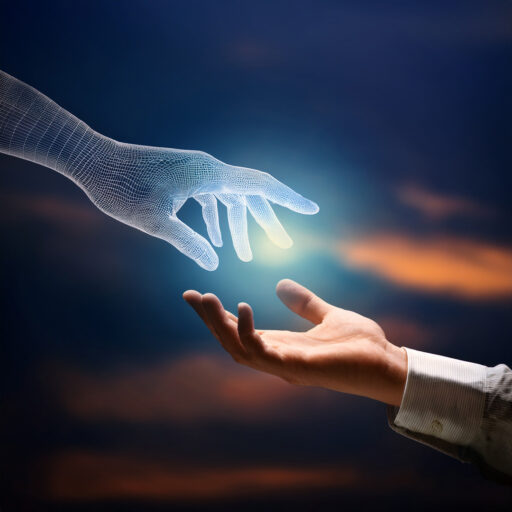
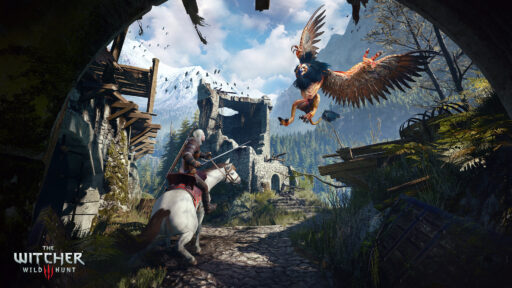
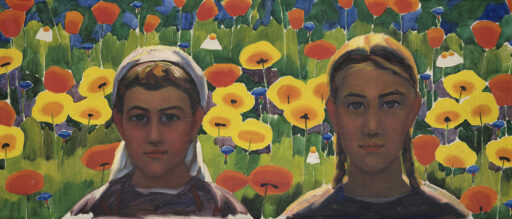
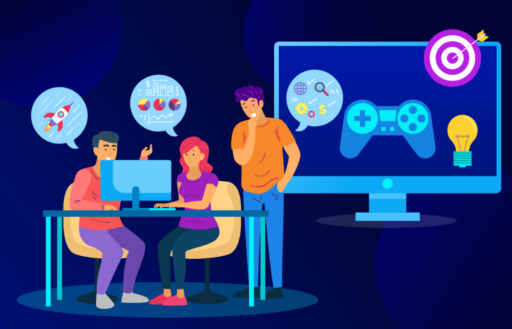
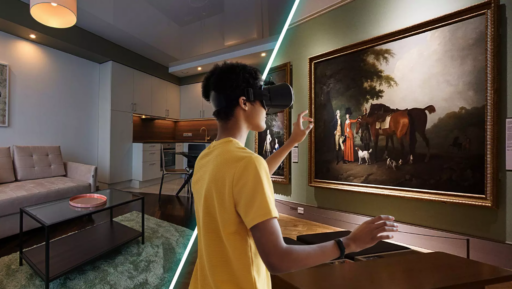
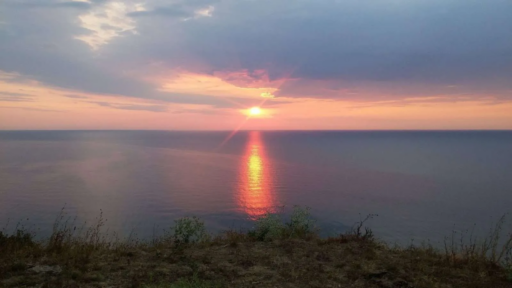
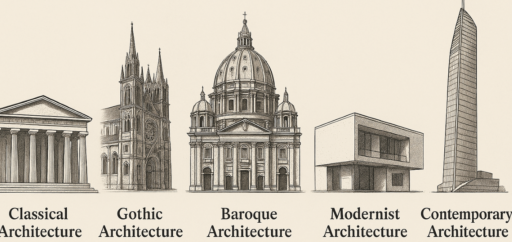
Nicely put together piece!!!
im surprised how the author stays on topic all the time and explains every little detail about the AI